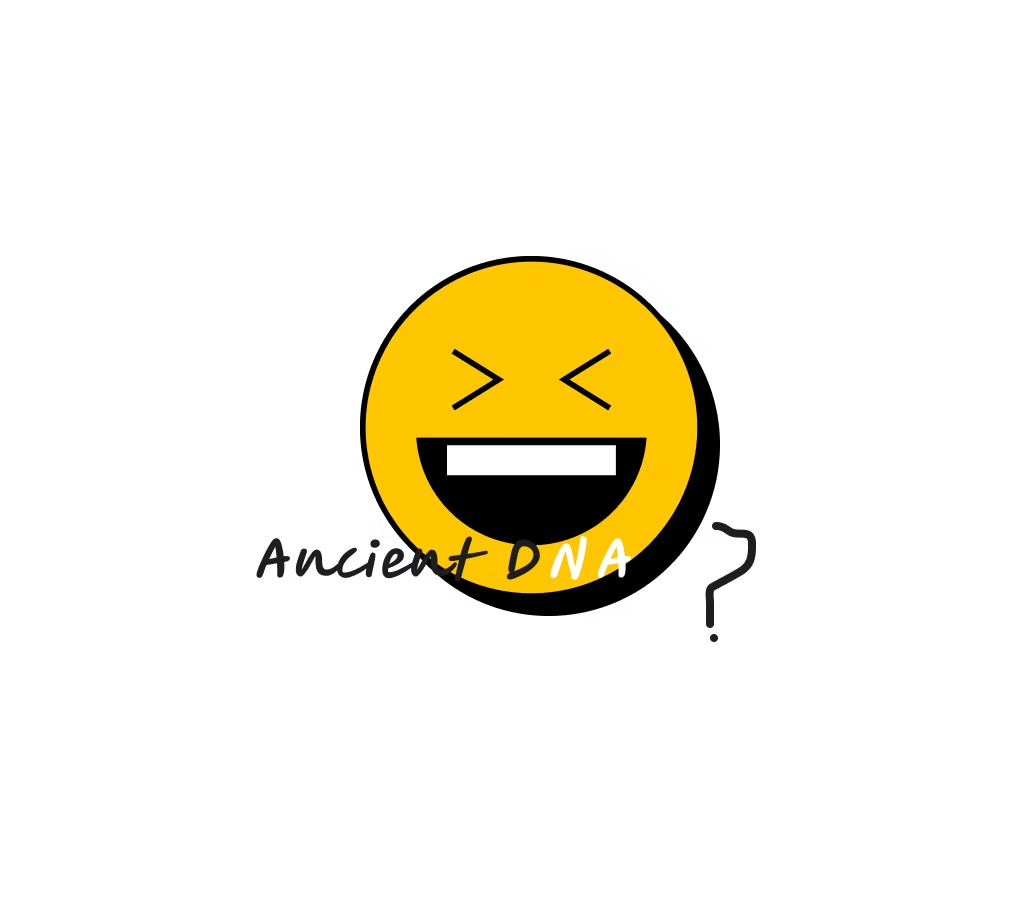Author: waseem
-

Ancient Genes Tell a New Story: The Phoenicians’ True Ancestry
Secrets of the Phoenicians: Why Their Genes Didn’t Travel Like Their Culture? and What Ancient DNA Says About the Phoenicians’ Global Influence. A new study, published in Nature on 23 April, uncovers surprising revelations about the ancient Phoenician civilization. While the Phoenicians spread their culture, language, and revolutionary alphabet across the Mediterranean, their genetic footprint did…
-

DNA Rewrites the Story of Ireland’s Stone Age Tombs
Beyond Royalty: DNA Rewrites the Story of Ireland’s Stone Age Tombs For centuries, Ireland’s ancient stone tombs were believed to be the burial sites of powerful rulers. Archaeologists For years, believed these 5,000-year-old Irish tombs were built for Neolithic kings and nobles – the powerful rulers of their time. But a new study, published…
-

Crocodile Evolution’s Winning Formula
The Secret to Crocodilian Survival Crocodiles and alligators – ancient creatures that seem to have stepped directly out of the Jurassic era. While many of their relatives have vanished, these remarkable reptiles have persisted, defying extinction. What’s their secret? A recent study showed that their extraordinary longevity is deeply rooted in their incredibly flexible lifestyles.…
-

Why Horses Are Naturally Built for Speed
For over 5,000 years until about 150 years ago horses were essential to human life. Their incredible strength and speed made them perfect for hard labor, travel, and racing. This athletic ability comes from their muscles, which are packed with mitochondria (the cell’s energy factories), allowing them to use oxygen efficiently. Through evolution, horses…
-

Ancient DNA Reveals European Boat Trip to North Africa
Ancient DNA Reveals European Boat Trip to North Africa History, as we know it, is constantly being rewritten as new discoveries emerge. And a recent study involving ancient DNA has thrown a complete reversal of expectations into our understanding of Stone Age migrations. It appears that European hunter-gatherers, those resourceful ancestors of ours, might have…
-

The Tinshemet Cave Revelations: A Shared Culture of Neanderthals and Homo sapiens
Basically, Tinshemet Cave shows that: Neanderthals and early humans were not living apart. They did things the same way, especially when burying their dead. They used red paint (ochre) in their burials, meaning they had similar beliefs. They used the same tools and hunting methods. This indicates that Neanderthals and Homo sapiens in the Levant…
-

Ancient DNA Rewrites European Prehistory: A Tale of Ice Age Diversity
Europe during the Ice Age a frozen, icy land where tough hunter-gatherers lived and survived in extreme conditions. For years, experts thought these ancient people all shared a similar culture. But now, due to amazing advances in ancient DNA research, we’ve learned the truth is much more complex and interesting than we ever thought.…
-

Why Ancient DNA is funny?
Why Ancient DNA is funny? One of the funniest (or most ironic) things about ancient DNA is how fragile and but surprisingly tough it can be at the same time. It Survives Against All Odds: Ancient DNA can survive for thousands or millions of years in unexpected places—like frozen soil, caves, or even…
-

Fossil Footprints in New Mexico Reveal What May Be the Oldest Known Handcarts
In an exciting discovery, researchers found fossil footprints in New Mexico that might be from the oldest handcarts ever known. These ancient tracks, preserved in stone, give us details about how early humans used simple tools to move things around. The Discovery The footprints were found in White Sands National Park, New Mexico, a place…
-

Ancient Rome’s Crabs: A Story Written in DNA and Evolution
Rome’s ancient ruins are not just about human history they are also home to Italy’s only native freshwater crabs. These small crabs, called Potamon fluviatile, have lived in Rome’s waterways for thousands of years, surviving alongside emperors, gladiators, and today’s tourists. What’s truly interesting about them is not just how long they have been…
